Well, it’s deja vu all over again.
Once again, the Mid-South Coliseum’s future is back in the news, and because of it, we are reprising this August 15, 2016, blog post. A regular accompaniment to all Fairgrounds and Coliseum discussions is the misinformation and misunderstandings about the Tourism Development Zone. That was proven again yesterday in an article in The Commercial Appeal which misstated the facts about the special tax from left, right, and center. We’ll return to the facts about the TDZ next week.
In the meantime, here’s an updated version of our earlier Coliseum post:
There has never been an arena built in Memphis with the same quality, acoustics, care, and comfort as the Mid-South Coliseum.
It was the culmination of a dream that had begun in the late 1950s for a new, all-purpose, “blue chip” public arena, and when the doors were thrown open in 1964, the building produced a burst of civic pride (building on the momentum created by the opening of the Roy Harrover-designed Memphis International Airport a year earlier) not seen again until the opening of AutoZone Park and FedExForum about four decades later.
Anyone who bought a ticket for an event in the Coliseum’s opening year remembers the terrazzo, the brick, the glazed ceramic tiles, the symmetry, easy access, lack of obstructions, and its overall comfort. It was impossible to imagine that another arena in the South could compete with it.
Although the building was similar to the coliseums opened in 1960 in Jacksonville and in Mobile in 1965, it was markedly different in one respect: it was not planned as a segregated facility. Considering that Henry Loeb was serving his first term as mayor, and would later be immortalized for the infamous resistance to the unionization of Memphis’ sanitation workers which brought Dr. Martin Luther King Jr. to the city, it is a historical irony that plans for the building were developed by the Loeb Administration and apparently always envisioned integrated audiences.
The Early Years
Multiple locations were evaluated by city-county planners for the Coliseum, including some outside Memphis, but in the end, the Fairgrounds was selected. City of Memphis and Shelby County, respectively paying 60% and 40% of the costs, selected Merrill G. Ehrman of Furbringer and Ehrman as lead architect with support from Robert Lee Hall & Associates. Before they began architectural drawings, they toured recently built coliseum arenas, and when these visits were concluded, they proposed a coliseum structure whose cost would ultimately be $4.7 million ($36.5 million in today’s money)
The Coliseum’s first event in October, 1964, was the Ringling Brothers Circus, and it was followed by its first stage show, the WDIA Goodwill Revue, which also was its first sell-out and set an attendance record that stood for years. In its 42-year history, the Coliseum was the go-to place for legendary concerts and Memphis State University basketball games, where the building design created a loud, dynamic environment.
In the Coliseum’s earliest years, the university played an all-white team, but when it integrated its team in the late 1960s with a single African American player and went to the Final Four in 1973 with a largely African American team, the city’s love of basketball was finally and irrevocably color blind. In addition, the building was home to Memphis Wings ice hockey team (it was mainly about waiting for the fights), the American Basketball Association (it was mainly about waiting for Dr. J to visit), and countless wrestling matches (which for some is remarkably what the building is remembered for). An often forgotten footnote is that the first NBA games played in Memphis were the eight “home” games played in the Coliseum by the St. Louis (later Atlanta) Hawks.
The good news was that the Coliseum opened in time for the British Invasion, with concerts by the Beatles, Rolling Stones, the Dave Clark Five (which sang less than 30 minutes), Herman’s Hermits, Peter and Gordon, and Wayne Fontana and the Mindbenders, but it also opened in time to become the hub for Memphis rock and roll and soul music with concerts featuring a young unknown singer named Otis Redding and Memphis music legends like Rufus and Carla Thomas, Booker T and the MGs, Sam the Sham and the Pharaohs, the Gentrys, and more.
Good and Bad
Essentially, every big name band, group, or singer found their way to the Coliseum, and the building earned a place in music history when the concert by the Beatles led them to quit touring. We all know the story: coping with the controversy that erupted when John Lennon said the band was more popular than Jesus, the group decided to give up touring when two people threw a cherry bomb onto the stage in the evening concert and the Fab Four thought one of them had been shot. Then again, the incident had followed death threats, a Beatles record burning, city officials threatening to cancel the concert, Ku Klux Klan pickets, a Christian Youth Rally sponsored by 100 ministers at the same time as the concert, and John Lennon himself suggesting that the band not come to Memphis because of its violent tendencies.
For many, the pinnacle of the Coliseum’s history took place in four sold-out concerts by Elvis Presley over two days March 16-17, 1974, and three days later, when he performed one more sold-out concert in order to record an album for RCA.
If the music was the good news, basketball was the bad. In the first six seasons of Memphis State basketball, there was only one winning season. In fact, the dismal Moe Iba years included three years when there were 20 total victories and 56 losses for his “pass the ball around for five or six minutes and take a shot” teams. About the same time, the NBA games became a one-year phenomenon, and the American Basketball Association’s five years with three versions of the Memphis team – Pros, Tams, and Sounds – failed to capture the public’s interest even when Larry Finch and Larry Kenon were drafted.
Eventually, the University of Memphis basketball program’s success and promoters’ complaints that they needed a bigger building produced pressure for a larger arena in the mid-1980s. Meanwhile, the idea of a large pyramid being built as an icon for Memphis had been around for decades, and at one point, it had even been suggested for Shelby Farms Park.
Building An Icon To Get A Downtown Arena
The press for a new arena and a city icon converged in the late 1980s, and government officials who wanted the new arena downtown – which produced an outcry for people accustomed to the midtown location – put it into the form of a pyramid to make the argument that it logically should be on the riverfront where it would be seen by millions of people driving into Memphis. There had been a brief discussion about “raising the roof” of the Coliseum, but because of the way the building was constructed, it was not practical or cost effective (which also made it financially implausible to shrink the building to a smaller capacity).
Once the downtown location won out politically (it was always a contentious decision with the public which, in a poll years after it opened, were still split 50-50 on the question of whether it should have been built downtown), the question was whether it should be built on the south bluffs or where it is located today. It seemed clear that the south bluffs location would be a more prominent location, but the Auction and Front Street address was chosen after Memphis developer Henry Turley and architect Tony Bologna convinced key leaders that the south bluffs were prime for residential development and that handling the parking demand there would be difficult. In support of their position, they made a convincing film of the drive down Riverside Drive that showed that the pyramid would be largely invisible for most motorists because it would be on the bluffs above them.
As a result, the current Auction and Riverside location was chosen although one county commissioner said it felt to him like a “voodoo site where something bad had happened.” Fortunately, for Memphis, Mr. Turley and Mr. Bologna’s vision of the south bluff’s development has come to fruition, which would not have been possible if The Pyramid had dominated that part of downtown.
The thinking by city and county officials was that with the opening of the Pyramid Arena, the Coliseum would close, and in preparation for the day, city and county governments offered the building as a gift to University of Memphis, which declined out of concern about maintenance costs and the pricetag of much-needed capital improvements and renovation. In addition, then men’s basketball coach John Calipari said he wasn’t interested in returning to the building and it was thought to be too big and the overhead too much for women’s basketball games.
A Battle It Could Not Win
But the closing was not to be. When city and county mayors communicated their opinion about closing the building to board members they had appointed to the Coliseum Board, the members refused. Instead, they set out to keep the Coliseum open and use the substantial balances in the building’s bank accounts to do it. However, the Coliseum needed $10-15 million in renovations and upgrades, but when the Board submitted the request to city and county governments, it was refused.
The sides hardened even more when the Coliseum Board, in an effort to prevent city and county governments from tearing down the building, unilaterally filed an application in 2000 to place the building on the National Register of Historic Places. The application sealed the fate of the building, because while the city and county governments could not close the Coliseum over the wishes of the board, they could refuse any funding while the board depleted its bank accounts.
The decision by the “runaway board” essentially cost Memphis and Shelby County taxpayers millions of dollars because to be successful, the Coliseum had to become a competitor to the Pyramid, driving down rental rates and revenues at the new arena, creating annual deficits of more than $1.5 million that had to be made up in city and county funding. Despite public perceptions, The Pyramid was not making big profits from the University of Memphis basketball season. In exchange for its approximately $15 million contribution to the building construction budget, the university received a sweetheart deal that meant that its entire basketball season produced less revenue for The Pyramid than a single sold-out concert.
With the opening of the Pyramid in 1991, the Coliseum began a slow descent into obsolescence. Most marquee acts were playing The Pyramid, and even if they didn’t, it was because the Coliseum had undercut the promoters’ costs there, which meant that the Coliseum was settling for less and sinking into the red with its operating budgets – $400,000 in its last year alone.
Mass Hypnosis
Truth be told, The Pyramid could not compete with the quality of the Coliseum’s construction materials – and certainly not its acoustics – and in retrospect, it’s unbelievable that our community could be convinced that a new, “first class, state of the art” arena could be built for $39 million, including the cost of the balloons on opening day, it was said (although the final cost was approximately $62 million because of scope changes in design).
Nor were the new arena’s comfort and sight lines as good as the Coliseum. While the University of Memphis did not want a new arena with 20,000 seats, the Pyramid’s seating was expanded by several thousands of seats to satisfy one county commissioner whose vote was needed for approval.
With competition between the two arenas, it was no surprise that both ended up losing money, but what was truly remarkable was that the Coliseum managed to hang on until 2006, when it could not comply with the requirements of the American for Disabilities Act (ADA) and city and county governments were not going to pay for it to be compliant nor pay in excess of $20 million to bring it up to a decent standard. (Subsequently, three other engineering evaluations over the years approved by local government placed the cost of renovation in excess of $30-35 million.)
When the potential of a National Basketball Association team moving from Vancouver to Memphis surfaced, it became clear just how cheaply the Pyramid had been constructed. The cost to upgrade it to NBA standards was almost exactly the same as building a modern arena, and with the consummation of the 2002 agreement with the Memphis Grizzlies, that’s what the community set out to do.
Closed For Business
Meanwhile, Memphis and Shelby County Governments made sure that the operating agreement included a non-compete agreement that gave FedExForum priority on all bookings in order to enhance the team’s best chances to maximize revenues.
In return, the Grizzlies agreed to city and county demands for it to pay all operating costs of the FedExForum. It was estimated at the time that the deficit for the new arena would amount to at least $5 million a year, but also, if the non-compete agreement had not been signed, there would be the operating losses at the Coliseum to fund.
All professional sports experts predicted that Memphis would never get the Grizzlies to pay the operating losses at the Forum. After all, Nashville taxpayers were paying millions of dollars every year for the operating losses for its National Hockey League arena.
In addition, the NBA observers predicted that Memphis would never get the Grizzlies to sign a long-term agreement to remain in Memphis and Shelby County, but local government got even more. It was widely feared that the Grizzlies would pack up and move after a few years here, but not only did the team agree to remain in Memphis for almost 20 years, if it left early, it would have to pay off the bonds for the arena. These too were tied to the non-compete agreement.
By the time the Coliseum closed for good in 2006, it had languished for several years, and the fact that it managed to stay open longer than the Pyramid is remarkable. (Its closing was part of the City of Memphis’ ADA settlement agreement with the U.S. Department of Justice.) After all, at that point, the Coliseum had stayed open 42 years old and The Pyramid had managed to stay open only 13 years before it was obsolete.
Underutilized Public Assets
In 2004, with the move of the Grizzlies from The Pyramid into FedExForum, Memphis Mayor Willie W. Herenton and Shelby County Mayor A C Wharton appointed a special committee to consider jobs-producing uses for the two empty arenas, The Pyramid and the Mid-South Coliseum/Fairgrounds, and they named Robert Lipscomb, director of housing and community development and executive director of Memphis Housing Authority, to serve as primary staff.
After public hearings in the early years following creation of the special committee and a report by Looney, Ricks and Kiss about a family-oriented focus, the Tennessee Tourism Development Zone (TDZ) was identified as a funding source that would allow City of Memphis to access more than $200 million in incremental sales taxes to redevelop a site that was acres and acres of asphalt. In time, the construction of Tiger Lane and improvements to Liberty Bowl Memorial Stadium were approved with the idea that when the TDZ was approved, City of Memphis would be repaid.
Most effective grassroots advocacy campaigns need a villain and unfortunately for Mr. Lipscomb, it was him. That said, contrary to mythology, he had assembled a team and tasked them for more than a year to consider how to save the Coliseum, what the costs would be, and what the uses could be. In fact, in one of the two dozen presentations about the Fairgrounds development that he made to Memphis City Council, there was a time when a majority of the body urged him to ask them to vote to raze the building. He declined, because he still held out hope that someone would step forward with the money and the concept to use it.
Later, in the face of criticisms about the need for more recent public input about the Fairgrounds, City of Memphis hired the Carter Malone Group LLC to organize and conduct more public engagement sessions and the Urban Land Institute was hired to bring fresh eyes to the Fairgrounds opportunity. In the end, the ULI team could not identify a business model for total renovation and they recommended the preservation of a part of the building for something akin to a pavilion stage.
Brewing A New Future
We say all this to say we love the Coliseum and some of our fondest memories are connected to that special place, but in the absence of a clear use such as a brewery for Wiseacre Brewery Co., our prediction is that the Coliseum will at best sit where it is in a deteriorating state until it collapses.
It is tempting to hold out hope for other uses – and money – to materialize, but we should all draw cautionary tales about coliseums built in the same era as ours when this design was a trend for arenas. The Jacksonville Coliseum, opened in November, 1960, and which hosted many of the same concerts and events as the Mid-South Coliseum, was imploded in 2003 to make way for the Jacksonville Memorial Arena.
The coliseum arena in Mobile was opened three months before the Mid-South Coliseum and it held a theater, an expo hall, and an arena. With deficits running as high as $800,000 a year, the Mobile mayor announced that it would close in April for redevelopment; however, the search for a public-private partnership came up empty and the deadline was extended two years to continue the search for a private developer.
The Charlotte Coliseum, credited with bringing a sleepy sports town into a major league sports city, hosted the Final Four, the NBA All-Star game, a speech by Mother Teresa, and all of the big-time music acts of our time. It was demolished in 2007 to make way for an office park.
We have no animus for the Coliseum and can quickly give you a list of 30 favorite memories in our lives that were made in that arena, but as one ULI member said in an aside, nostalgia is not a business plan and wishful thinking is not a prescription for profits. Wiseacre is a local and loved local business, and we expect Memphis City Council to give them the opportunity to decide if it wants to engage in one of the city’s most audacious adaptive reuse projects, but from the beginning, the history of the building and its many structural evaluations made it hard to see how it could work.
Wiseacre deserves our gratitude for trying.
***
Join us at the Smart City Memphis Facebook page for daily articles, reports, and commentaries relevant to Memphis and the conversations that begin here.

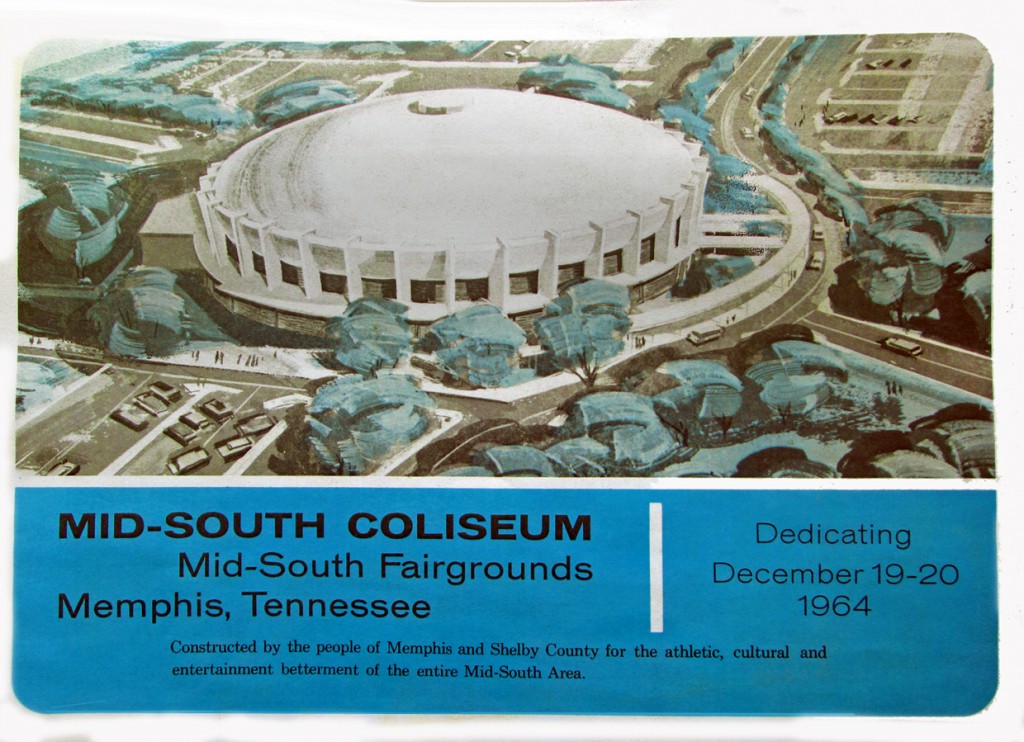
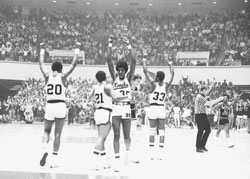

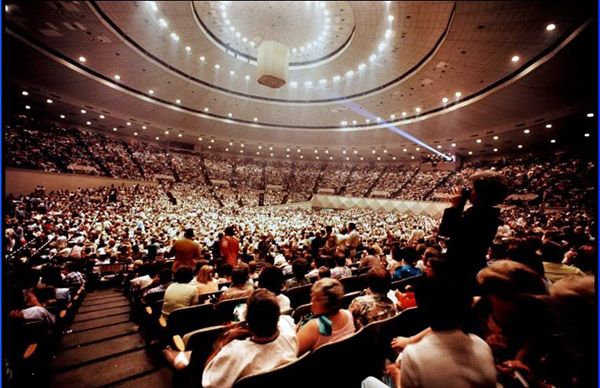

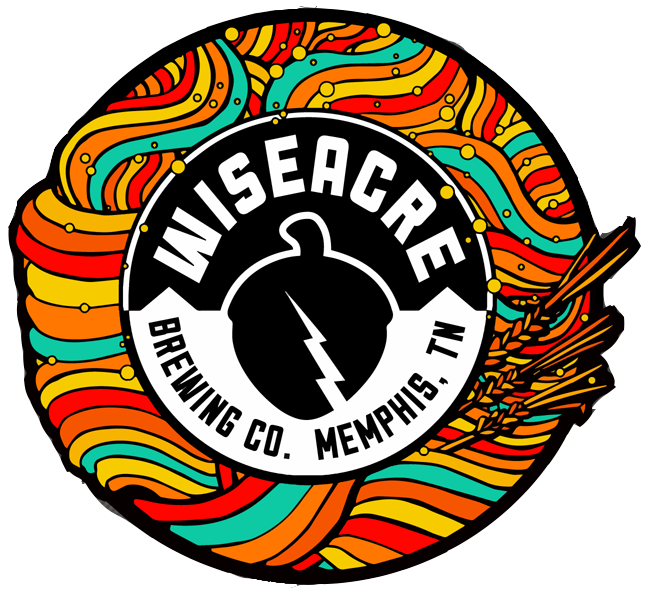

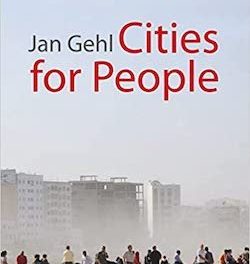
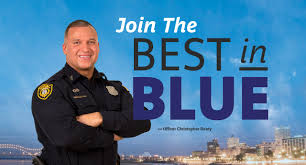

Pitiful. Pitiful.
The mid-south coliseum needs to be demolished and replaced with a simple city park. Nothing more. This long running saga reminds me of the Pyramid debacle.
Memphis has more than enough large abandoned empty buildings that are nothing more than urban blight. Including two of the city’s tallest structures which are the empty, crumbling, fire-prone 100 North Main St and the Sterick Bldg downtown.
So embarrassing for everyone in Memphis.
Time to tear it down!
Mid-South Coliseum Adaptive Reuse 2017
A multi-use building, designed to serve Liberty Bowl stadium football [Liberty Bowl, Southern Heritage Classic, University of Memphis] and most important the general public year round.
• Reduce seating below the non-compete agreement with Grizzles (5,000?) and arranged for shows above capacity of Minglewood Mall and below FedEx Forum. Maybe targeted to the type and level of some performances seen at casinos. Maybe an annual magic show would be attractive? Children’s playhouse? Local music talent?
• Museum [interactive] with tribute to all events held over the years [Wrestling, Elvis, Beatles and other pop groups, basketball, and other]. A high quality gift store with historic oriented items would be part of museum.
• Ice rink for family recreation, curling?, hockey leagues, and ice shows.
• Basketball court for high school, AAU and summer basketball tournaments
• Mix of festive retail [restaurants/bars, brew pub, sports teams’ logo-clothes/accessories, et al]. Some of these would be arranged to have observation of ice rink and basketball activity. Beer, whiskey, vodka manufacture might involve several small Memphis companies in a joint venture.
• Some type of ride that is for all ages and is like the simple but surprise rides at Walt Disney World [Ex. – ride track disappears and you are floating]. There could be an outdoor water ride going around coliseum with magical views of interior and surprise features like Aquaponics and Audio-Animatronic figures. The aim here would be to attract children who otherwise might not enjoy other features of coliseum reuse development.
In order to determine a potential outcome, a team of professionals and citizen task force should be brought together to prepare a plan:
The professionals would be –
• Architects
• Landscape architects
• City planners
• Engineers
• Imagineers (like Walt Disney hires)
• Market/financial analysts
• Developers
The citizens would be representatives from different interest groups and surrounding neighborhoods. Several people who have visited one of Walt Disney’s theme parks would be helpful.
The redevelopment approach would be similar to Sears Concourse?
Attn Tom Jones.
Love Bill Day’s cartoons but noticed that you still refer to him as a Memphian. He lives in Tallahassee now and was not born in Memphis so I think it’s incorrect to label him as a Memphian.
We wrote about Bill’s move to Tallahassee: http://www.smartcitymemphis.com/2016/11/best-wishes-to-bill-day-on-his-move/
But as we told him, he will always be considered a Memphian by us.